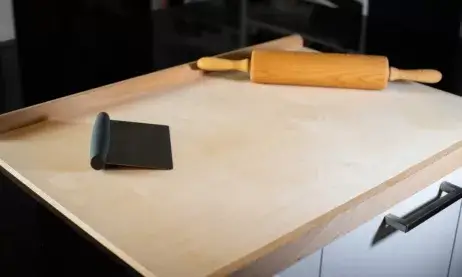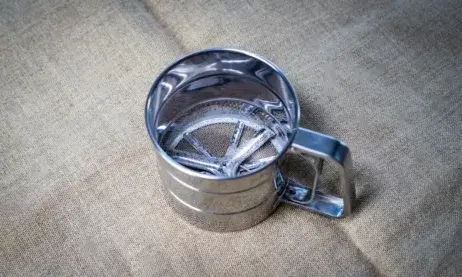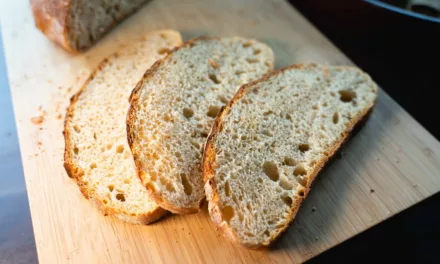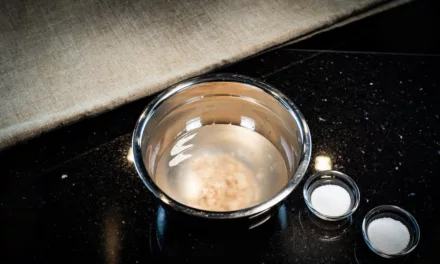Hello, fellow bakers! Today, we’re diving into the world of a simple yet essential baking tool: the flour brush. If you’ve ever wondered about the best way to evenly distribute flour on your baking surface or how to keep your workspace clean, this guide is for you.
Have you ever found yourself in the middle of a baking project, only to realize that your dough is sticking to your work surface? It’s a common problem, and the solution is simpler than you might think: a flour brush. This handy tool is designed to help you evenly distribute flour on your work surface, preventing your dough from sticking and making your baking process smoother and more enjoyable.
I’ve been baking for years, and I’ve learned a thing or two about the importance of having the right tools in your baking arsenal. And trust me, a flour brush is a game-changer. It’s not just about keeping your workspace clean (although it does a great job at that too), it’s about creating the perfect environment for your dough to thrive.
Ready to discover the magic of the flour brush? Let’s get started!
Table of Contents
- What is a Flour Brush?
- Why You Need a Flour Brush
- How to Use a Flour Brush
- Taking Care of Your Flour Brush
- Where to Buy a Flour Brush
- Conclusion
- Frequently Asked Questions (FAQ)
What is a Flour Brush?
A flour brush, also known as a pastry brush or a baker’s brush, is a small brush used in baking to spread flour evenly on your work surface. It’s a simple tool, but it can make a big difference in your baking process. The bristles of the brush are designed to pick up just the right amount of flour, ensuring an even distribution across your work surface. This helps to create a non-stick surface for your dough, making it easier to work with and preventing any sticky messes. Speaking of work surfaces, have you considered unleashing your baking potential with a pastry board?
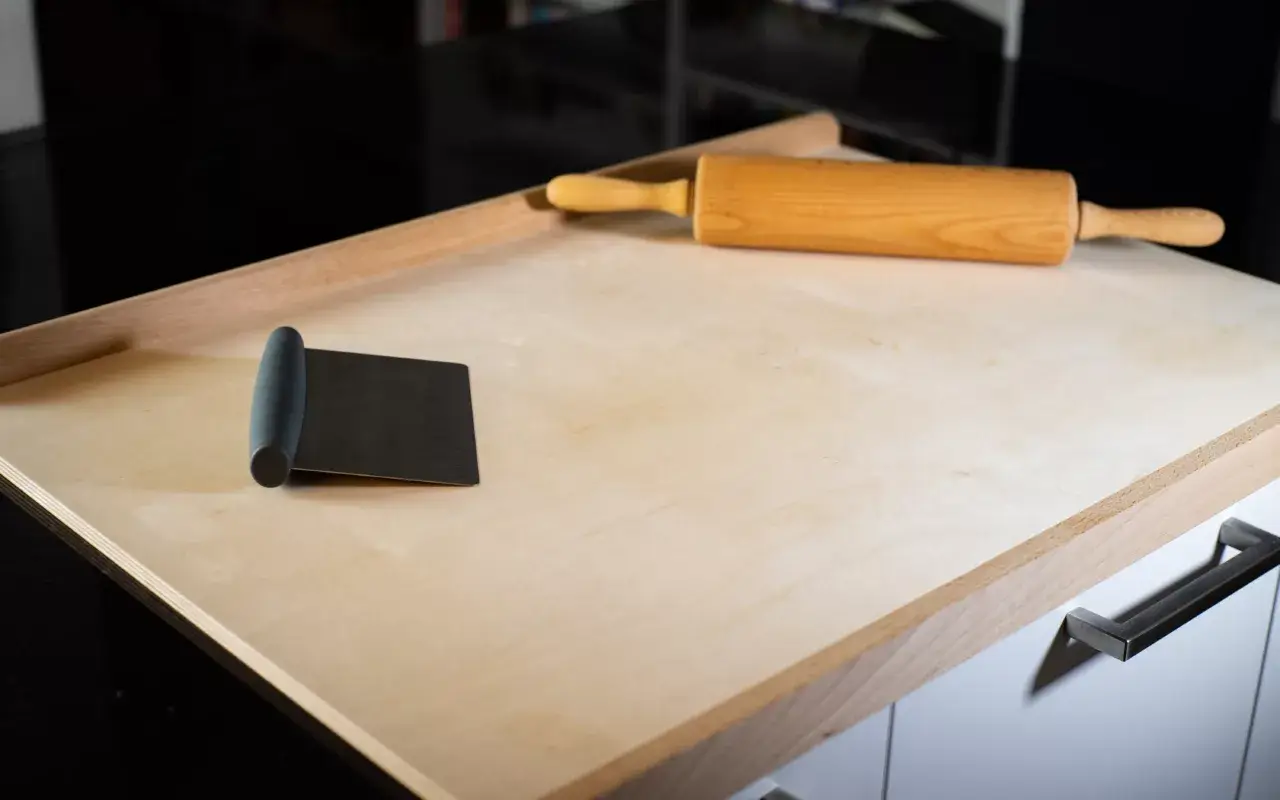
But a flour brush isn’t just for spreading flour. It’s also a great tool for brushing off excess flour from your dough or work surface. This can be especially useful when you’re working with delicate doughs that can be easily over-floured. With a flour brush, you can ensure that your dough has just the right amount of flour, keeping it light and fluffy.
Why You Need a Flour Brush
A flour brush is a must-have for any serious baker. It helps to prevent dough from sticking to your work surface, making your baking process smoother and more enjoyable. Plus, it’s a great tool for keeping your workspace clean!
But the benefits of a flour brush go beyond just practicality. It’s also about precision and control. When you’re baking, the amount of flour you use can make a big difference in the outcome of your baked goods. Too much flour can make your dough heavy and dense, while too little can make it sticky and difficult to work with. A flour brush gives you control over the amount of flour you’re using, allowing you to achieve the perfect consistency for your dough.
And let’s not forget about cleanliness. Baking can be a messy process, and flour has a way of getting everywhere. A flour brush can help keep your workspace tidy, brushing away any excess flour and preventing it from spreading around your kitchen. It’s a simple tool, but it can make a big difference in keeping your baking process clean and organized.
How to Use a Flour Brush
Using a flour brush is easy, but there are a few tips and tricks that can help you get the most out of this handy tool.
First, it’s important to use the brush correctly. Simply dip the brush in a small bowl of flour and then brush it across your work surface. The bristles of the brush will distribute the flour evenly, creating a perfect surface for your dough.
But don’t just stop at your work surface. You can also use your flour brush to dust your rolling pin, ensuring an even roll and preventing your dough from sticking. And if you’re working with a particularly sticky dough, you can even use your flour brush to dust the dough itself.
And finally, don’t be afraid to get creative with your flour brush. While it’s traditionally used for spreading flour, you can also use it for other tasks in the kitchen. For example, you can use it to brush egg wash on pastries, spread sauce on pizza dough, or even baste meat. The possibilities are endless! If you’re looking to expand your baking skills even further, why not try bread making for beginners: baking delicious homemade bread?
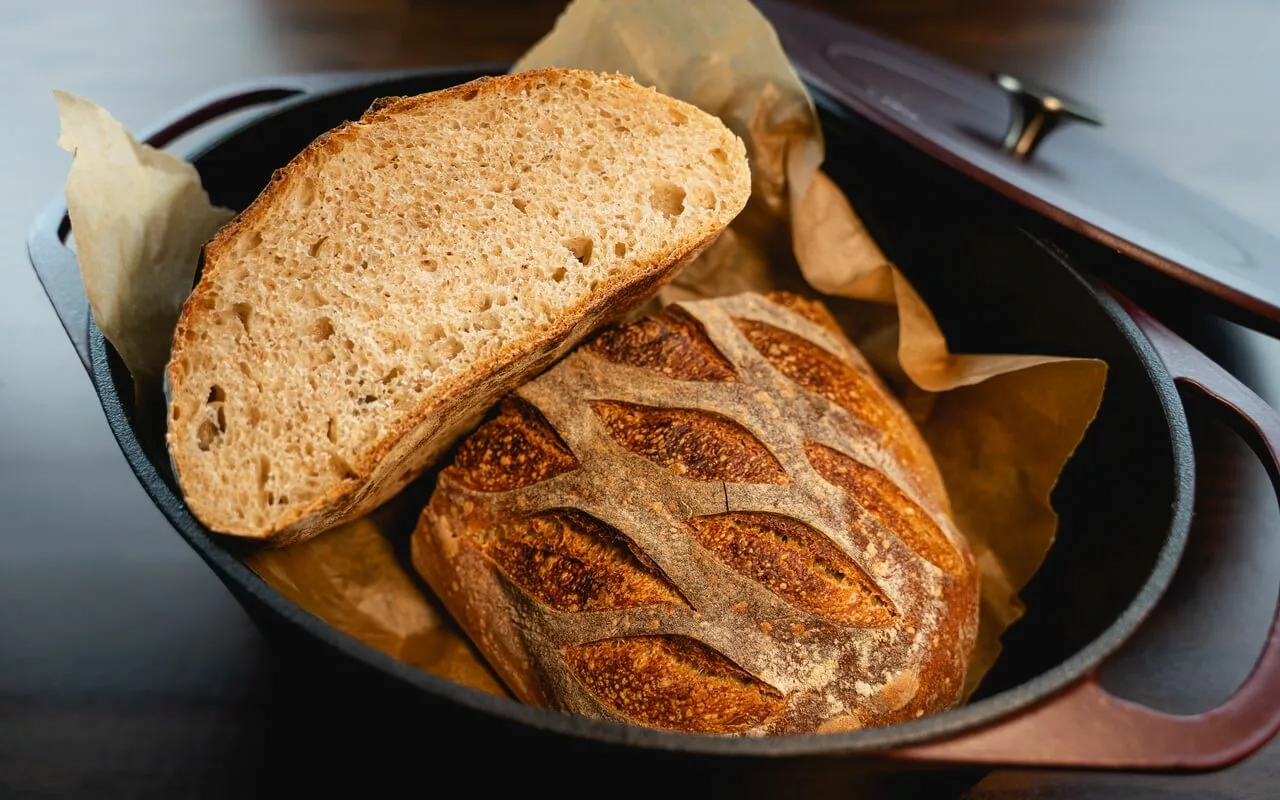
Taking Care of Your Flour Brush
Just like any other tool in your kitchen, your flour brush needs a little care and attention to keep it in top shape. Here are a few tips on how to take care of your flour brush:
- Clean Regularly: After each use, make sure to clean your brush to remove any leftover flour. Simply rinse it under warm water and use your fingers to gently remove any flour. Avoid using soap as it can leave a residue on the bristles.
- Dry Properly: After cleaning, make sure to let your brush dry completely before using it again. This helps to prevent any mold or bacteria growth.
- Store Properly: Store your brush in a dry place, away from any heat sources. This helps to prolong the life of the bristles and keeps your brush ready for its next use.
By taking care of your flour brush, you can ensure that it remains a reliable tool in your baking arsenal for years to come.
Where to Buy a Flour Brush
Ready to add a flour brush to your baking toolkit? You can find a wide selection of flour brushes on Amazon like these here:
You can also check out this list of flour brushes to find the one that’s right for you.
Conclusion
A flour brush may seem like a small tool, but it can make a big difference in your baking. It’s a simple way to improve your baking process and keep your workspace clean. So why wait? Add a flour brush to your baking toolkit today! If you’re ready to take your baking to the next level, don’t miss my ultimate guide to sourdough.
Frequently Asked Questions (FAQ)
What is a food brush called?
A food brush is often called a pastry brush or a basting brush. In the context of baking, it can also be referred to as a flour brush or a baker’s brush.
What can I substitute for a pastry brush?
If you don’t have a pastry brush, you can use a clean paintbrush (make sure it’s never been used with paint), a clean makeup brush, or even a piece of clean cloth or paper towel. However, for best results, it’s recommended to use a proper pastry brush or flour brush.
What is a bakers brush?
A baker’s brush, also known as a flour brush, is a tool used in baking to spread flour evenly on a work surface. It helps to prevent dough from sticking to the surface and keeps the workspace clean.





